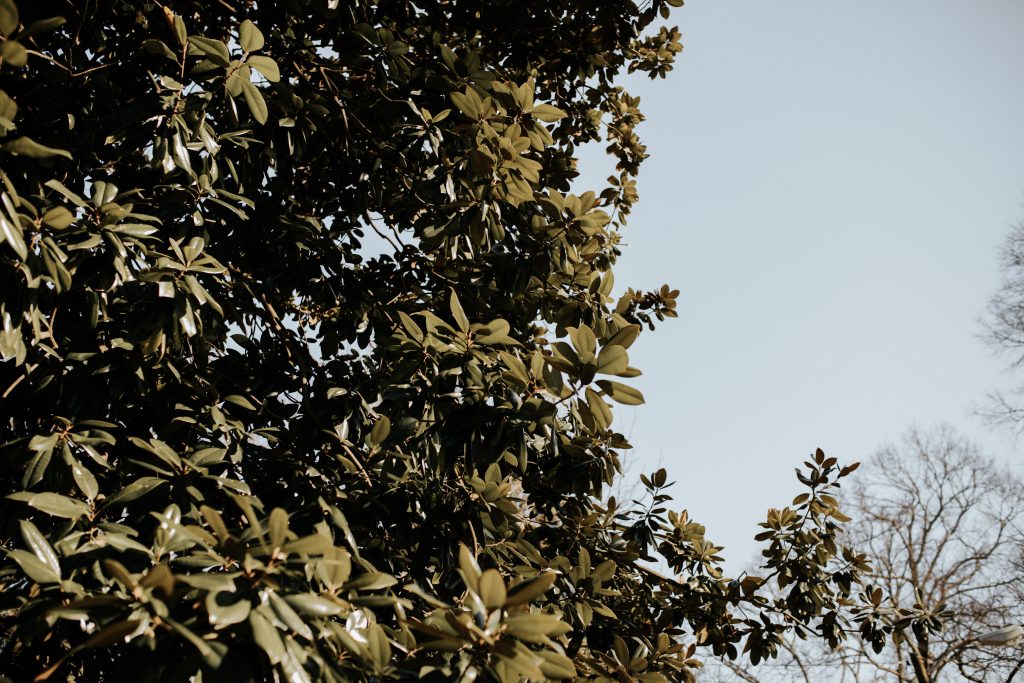Happy Friday! This week I read another chapter of Cradle to Cradle by William McDonough and Michael Braungart. This chapter was about eco-effectiveness, and how it differs from the concept of eco-efficiency. Here’s what I learned!
What is Eco-effectiveness?
While the goal of eco-efficiency is to do more with less, eco-effectiveness takes an entirely new approach. Instead of just slowing the depletion of natural resources and trying to be ‘less bad’, the concept of eco-effectiveness promotes human activity and production thriving in sync with nature. McDonough and Braungart imagine innovative office spaces and homes that both optimize the natural environment and contribute back to its survival.
As Braungart, McDonough, and Bollinger write, “Eco-effectiveness moves beyond zero emission approaches by focusing on the development of products and industrial systems that maintain or enhance the quality and productivity of materials through subsequent life cycles.” Instead of simply limiting the negative impacts of human production, eco-effectiveness re-imagines our relationship with the environment through products and systems that can regenerate themselves.
What does eco-effectiveness actually look like?
Braungart and McDonough give several examples of what eco-effective buildings and cities look like. For example, an eco-effective office building harnesses natural sunlight and has windows that open to allow natural airflows. Additionally, it doesn’t contaminate or destroy local wildlife, but rather allows nature around it to flourish.
The key to eco-effective building and production is that it mimics nature. A tree doesn’t produce ‘waste,’ but rather its dead leaves and branches contribute to the natural life cycle. Similarly, eco-effective production uses materials that can re-enter the environment without contaminating it or can be made into something new of the same quality. Instead of simply mitigating the negative side effects of production, this method imitates the regeneration of the natural world.
This is a thousand foot view of eco-effectiveness and the materials and processes that it requires. In the coming weeks, I’ll write more about this new vision for environmentalism as I continue reading Cradle to Cradle.
*****
Check out this National Geographic site to learn more about how eco-effectiveness could revolutionize our economy. Plus, check out how Amsterdam is turning eco-effectiveness from an idea into reality.
Previous Zero Waste posts:
Industry, environmentalism, and design

- College Football, Ariana Grande, and Water - September 3, 2023
- Livestock and Land Use: How Are We Feeding The Planet? Impactfull April 2022 - April 19, 2022
- What Does Voluntourism Look Like? A Case Study in a Cambodian Orphanage - March 28, 2022
